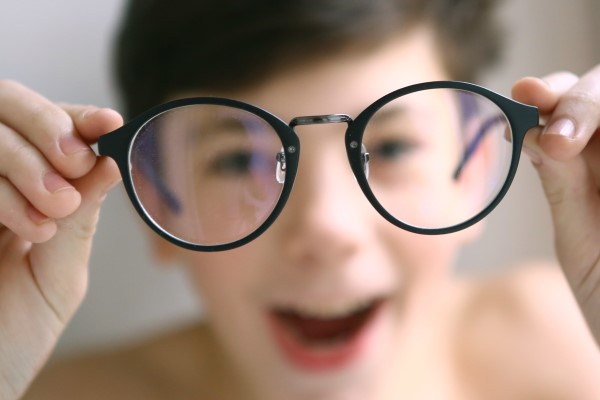Shortsightedness – Optometrist Treatment Options for Myopia

Myopia is a common condition that can affect people of all ages. If you are struggling with this issue, it can complicate your everyday life. Fortunately, there are ways to treat it. Your optometrist can examine you and diagnose you properly. Then, you can discuss the right approach to treat your vision problems. You do not have to live with these challenges any longer, and you can enjoy the quality of life you want.
An explanation of myopia
Optometrists diagnose and treat a number of eye and vision conditions. Shortsightedness is one of the most common. People who have this have a difficult time seeing far-off objects but can see well up close. It occurs when a person’s eyeball is too long or the cornea is too curved. This prevents the eye from focusing correctly and causes blurry vision. Some with shortsightedness, or nearsightedness, may have headaches or eyestrain.
The diagnosis
An optometrist has the knowledge and training to examine patients who think they may have myopia. The doctor will check the person’s vision with an eye test. Next, the doctor will look at the structure of the eye to determine whether there are abnormalities. The optometrist may also ask the patient about their symptoms and how long the issues have been present.
Glasses or contacts
To treat myopia, the optometrist may first discuss that the patient wears corrective lenses. These could be in eyeglasses or contacts. The optometrist will determine the correct prescription. It will be a negative number such as -2.5 or -2.0. Corrective lenses will help effectively focus the light on the patient’s retina. This will make faraway objects clearer.
LASIK surgery
The optometrist may also recommend surgery to correct myopia. The most common is LASIK surgery. In this procedure, a surgeon will use a laser to make a flap on the cornea. The surgeon will also sculpt the cornea and then put the flap back in the correct place.
LASIK is not an option for all patients. So, the optometrist will help make the right decision. It is an effective process that results in little pain or discomfort. The patient will not have to get stitches following the procedure.
PRK
Photorefractive keratectomy is another option for helping with myopia. It also uses a laser to sculpt the cornea, the middle layer in this case. It allows light to focus closer to the retina by making the cornea flatter. This is an outpatient surgery and only takes about 10 minutes to perform. The surgeon will first numb the eye before starting. The person may feel some eye pain for the next day or two after the procedure.
Get your vision back where you need it
Dealing with myopia can be a challenging problem. It makes reading difficult, not to mention seeing road signs and other everyday items. You may even experience physical problems. If you are tired of living with these issues, talk to your optometrist today to get help. Make an appointment for an examination so you can find the right solutions to this condition.
Get more information about Texas Optical in Dallas at https://www.texasoptical.net.
Check out what others are saying about our services on Yelp: Myopia in Dallas, TX.
Recent Posts
Red, itchy eyes can affect your everyday comfort and reduce overall well-being. It is important to seek effective vision care from the first sign of irritation. Proper attention to symptoms, underlying causes, and healthy habits ensures stronger long-term eye health and greater day-to-day clarity. Redness and itchiness often stem from several common triggers. These include: Allergic…
New spots or shadows drifting across vision can be unsettling, and sudden changes sometimes require emergency eye care to protect long-term sight. Many floaters are harmless, but others signal serious problems with the retina or internal eye structures. Understanding when floaters are normal and when they point to a true eye emergency helps patients act…
Glaucoma treatment plays a vital role in preserving vision and protecting the optic nerve from further damage. Many patients rely on daily eye drops to manage intraocular pressure, but these medications can sometimes come with side effects. Understanding how to recognize, minimize, and communicate about these effects supports long-term success and comfort with treatment. While…
Progressive lenses offer clear vision at near, arm's length, and far distances without the visible lines found in bifocals. They provide a smooth change in power from top to bottom, which means the eyes can focus comfortably throughout the day. With the right fit and guidance from an optometrist, progressive lenses help reduce eye strain…


